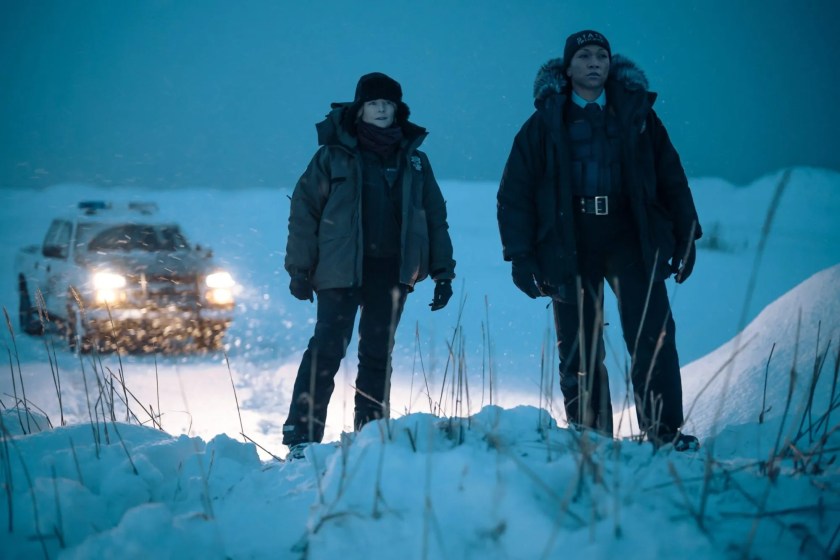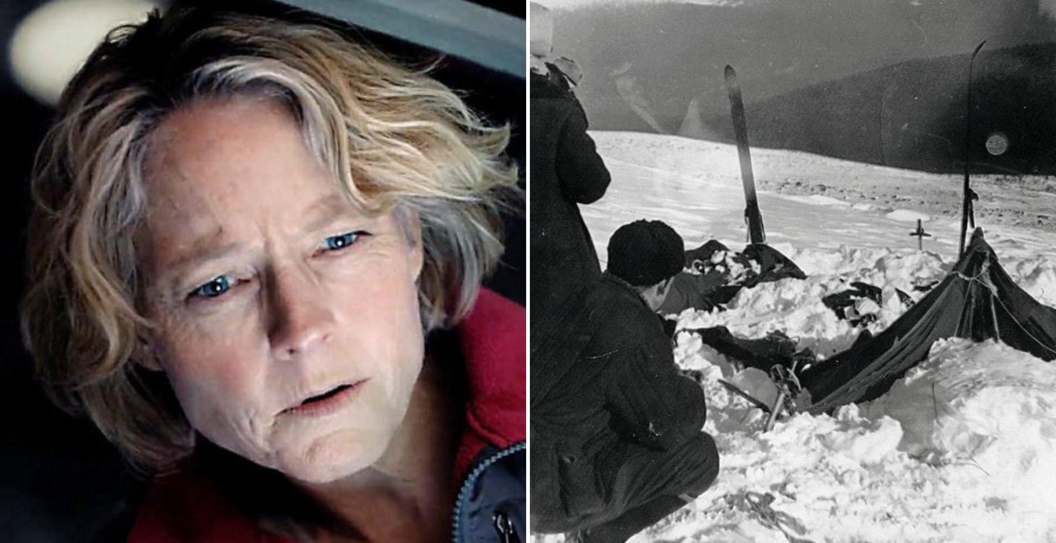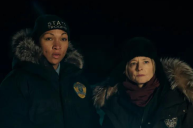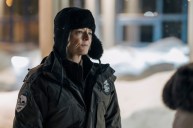In the frigid expanse of Russia's Ural Mountains, a chilling mystery unfolded on the night of Feb. 1, 1959 — an enigma that has since captivated the world's imagination. The Dyatlov Pass Incident, as it came to be known, remains a haunting puzzle, marked by a tragic end to a trek of a lifetime for nine Russian hikers.
Picture this: A group of nine highly experienced hikers, mostly students from the Ural Polytechnic Institute, embark on a 14-day expedition to the Gora Otorten mountain. Led by 23-year-old Igor Dyatlov and including seasoned cross-country and downhill skiers, their journey takes a tragic turn. The hikers pitch a tent, and what unfolds in the following hours becomes a tale of terror. The tent is found slashed open from the inside, abandoned in haste. The group had fled into the freezing night, leaving their heavy coats behind. Many of them were barefooted or wearing only socks.
The nine frigid bodies were found farther down the slope. Six of them had died due to hypothermia, two of physical trauma to the chest, and one of a fractured skull. Among the corpses, two had had their eyes ripped out. One was missing a tongue. And some of the bodies contained traces of radioactivity. The night of the incident, there were reports of glowing orange spheres floating in the sky.
These chilling circumstances have spurred decades of speculation as to what caused the tragedy. As we delve into the depths of this mystery, we'll not only navigate the chilling events on the slopes of Kholat Syakhl but also explore the echoes of this incident in popular culture, notably in the upcoming season of "True Detective: Night Country," starring Jodie Foster and Kali Reis.
Theories and Speculation

Artur Andrzej / Wikimedia Commons
The Dyatlov Pass Incident has spawned a plethora of theories, from an avalanche to a Yeti. The presence of unusual char marks near the bodies led some to believe the hikers were killed by top-secret government weapons testing. Meanwhile, the reports of floating orange lights in the sky led others to believe the hikers were killed by aliens.
One theory speculates they were attacked by the Mansi, an Indigenous people of the region. But the Mansi were known to be peaceful, and there were no track marks leading toward the tent — only away from it.
Others believe it was related to espionage between the KGB and CIA. One hiker, 37-year-old WWII veteran Semyon Zolotaryov, had previously helped the Soviets cover up a radioactive leak at a top-secret facility. According to the theory, Zolotaryov had planned to meet with American CIA agents near the Gora Otorten mountain to deliver fake Soviet secrets. The Americans discovered the plot, however, and executed the hikers before the meeting.
The most widely accepted theory points to a natural disaster — a slab avalanche triggered by a combination of factors including high winds and the weakening of the mountain snow. The hikers had pitched their tent on a 30-degree slope; and while it's less common, an avalanche can be triggered at such an angle — especially if there are katabatic winds, fierce air currents caused by dense dry air at the top of a slope collapsing onto less-dense air at the bottom.
Some of the hikers dug themselves out of the avalanche, according to the theory, but began to suffer from hypothermia. In late stages, the effects of hypothermia paradoxically include a sensation of extreme overheating. This is caused by the dilation of blood vessels — a last-ditch effort by the body to prevent itself from freezing to death — and would explain the hikers stripping off their winter clothes and boots.
Nevertheless, avalanches don't typically cause the types of injuries sustained by the hikers. When someone dies in an avalanche, it is usually from asphyxiation under the heavy snow. If there's trauma, it tends to be a spinal injury, not trauma to the chest or skull. And avalanches certainly aren't known for ripping out the tongue or eyes. As such, many people aren't buying the avalanche theory.
The Impact of the Incident and 'True Detective: Night Country'

HBO
More than 60 years later, the impact of the Dyatlov Pass Incident reverberates through time. The chilling details of the hikers' demise, the strange injuries and the unanswered questions have etched this tragedy into the collective consciousness. The incident has become a source of inspiration for various forms of storytelling — from documentaries to books — perpetuating the mystery and ensuring that the Dyatlov Pass remains an enduring enigma.
The 2013 horror film "Devil's Pass" follows a group of college students who explore the region of the Dyatlov Pass Incident in hopes of solving the mystery. There are numerous documentaries on the subject, along with a 2015 action/survival video game called "Kholat."
Fast forward to the present, and the Dyatlov Pass Incident finds itself entwined with contemporary storytelling in the upcoming season of "True Detective: Night Country." The HBO series, known for its gripping narratives, draws inspiration from the enigmatic events of 1959. Detectives Liz Danvers (Foster) and Evangeline Navarro (Reis) embark on a quest to uncover the truth behind the disappearance of eight men in Ennis, Alaska. The detectives must confront the darkness within themselves and delve into haunted truths buried beneath eternal ice.
When the trailer was released, viewers had a hunch the series was inspired by the Dyatlov Pass Incident. Bodies are found frozen in a snowy, desolate landscape. Their causes of death are bizarre and unknown. Creator Issa López revealed in a Vanity Fair profile this is is indeed the case. She also drew inspiration from the ship Mary Celeste, which was found abandoned with the entire crew missing in the 1870s.
Like many people who ponder the Dyatlov Pass Incident, López is also skeptical of the avalanche explanation.
"An avalanche doesn't explain a lot of the details I think. Even if it did, I prefer the strange, incomplete answer," she told Vanity Fair. "I think there is a fascination with puzzles that are still missing a couple of pieces, and that obsess us, and make us angry, and make us not stop thinking about them."
As we navigate the chilling contours of the Dyatlov Pass Incident, we find ourselves standing at the intersection of reality and fiction. The theories surrounding the hikers' fate continue to intrigue, and the legacy of the incident endures as a testament to the mysteries that nature can unfold. Whether one leans toward the scientific plausibility of an avalanche or entertains the more-speculative facets of the paranormal, the Dyatlov Pass remains an open book, waiting for the final chapters to be written. In the shadows of that fateful night, the truth eludes us, leaving us with a profound sense of the unknown.




